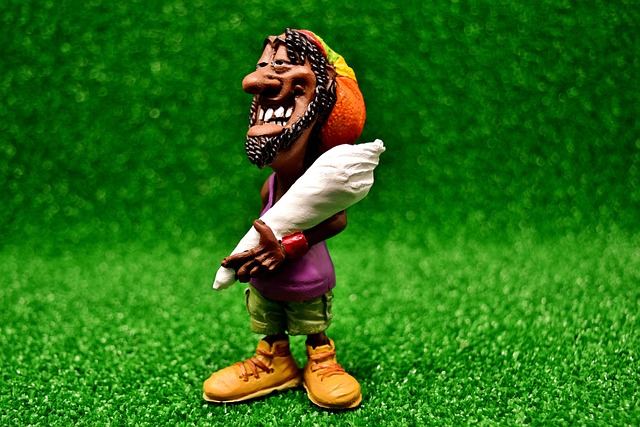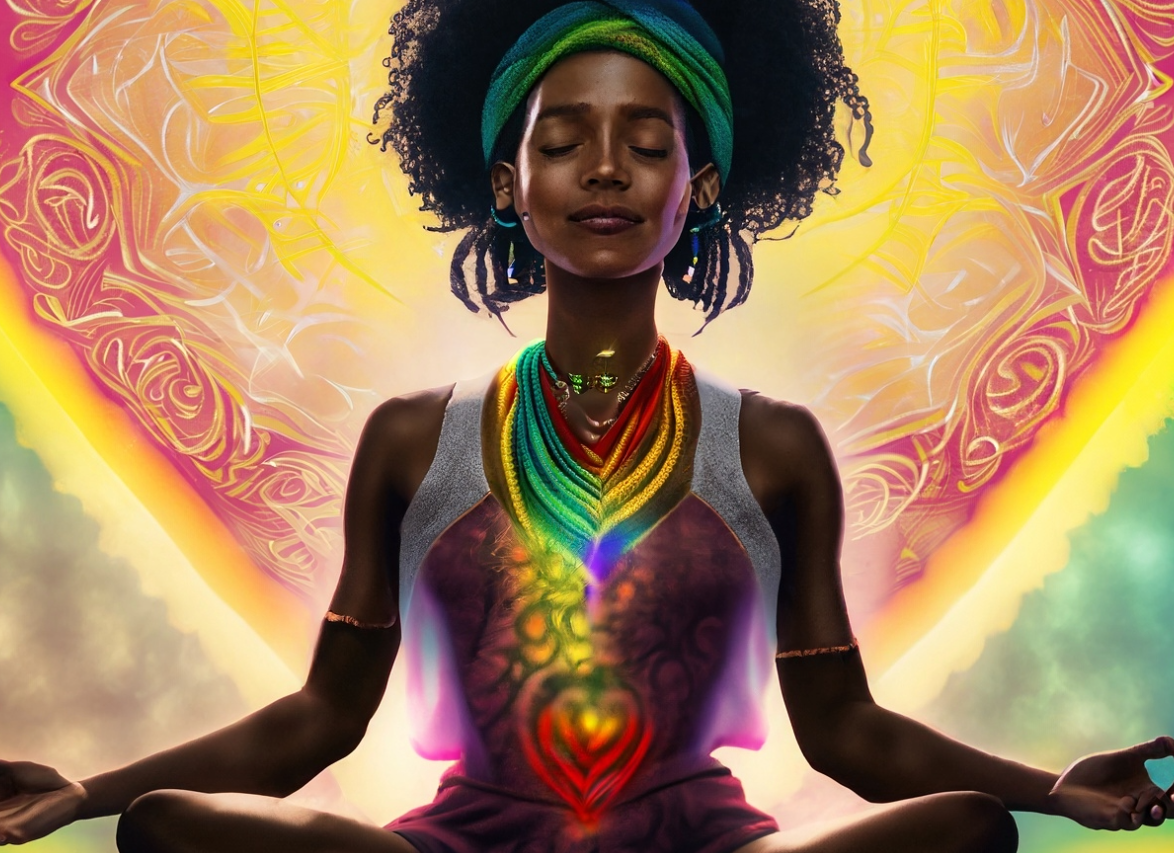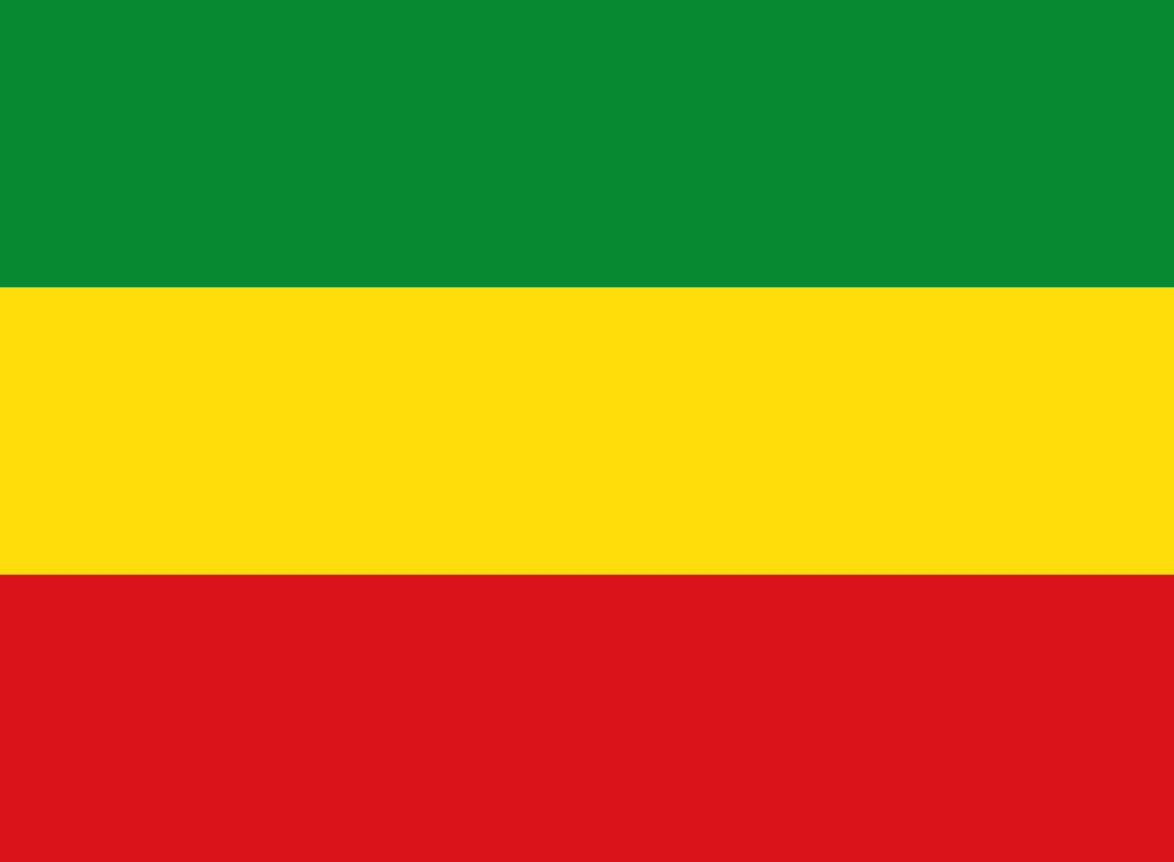The Rastafarian movement, also known as Rastafari, originated in Jamaica in the 1930s and has since spread to various parts of the world. It is a religious and cultural movement that centers around the belief in the divinity of Emperor Haile Selassie I of Ethiopia and the rejection of Western societal norms and values. One of the most distinctive aspects of Rastafarianism is its bold and colorful dress code, which serves as a symbol of identity and spirituality for its followers.
The Rastafarian dress code is a reflection of the movement’s principles and beliefs, which are deeply rooted in African culture and heritage. Rastafarians reject the Eurocentric beauty standards imposed by Western society and instead embrace their natural features, including their hair, skin color, and body shape. This rejection of Western standards is evident in the way Rastafarians dress, with their vibrant and unconventional clothing choices.
The most iconic element of the Rastafarian dress code is the dreadlocks hairstyle. Rastafarians believe that their hair is their crown and glory, and growing dreadlocks is a way to honor and celebrate their African roots. The term “dreadlocks” comes from the word “dread,” which means fear or awe in the Bible. Rastafarians interpret this as a reference to the biblical figure Samson, who had seven locks of hair and was known for his strength and power. Dreadlocks are also seen as a symbol of the lion, which is a significant symbol in Rastafarianism, representing Emperor Haile Selassie I, who is also known as the “Conquering Lion of the Tribe of Judah.”
Aside from dreadlocks, Rastafarians also incorporate other elements into their dress code, such as the colors red, gold, and green. These colors hold significant meaning in Rastafarianism, with red representing the blood of martyrs, gold symbolizing the wealth of Africa, and green representing the lush vegetation of the continent. These colors are often seen in the form of the Rastafarian flag, which is a common accessory worn by followers. Rastafarians also often wear clothing with these colors, either as solid pieces or in the form of stripes or patterns.
In addition to the colors, Rastafarian clothing also includes traditional African garments, such as dashikis, tunics, and robes. These garments are often made from natural fabrics, such as cotton or linen, and feature bold prints and patterns inspired by African tribal designs. The use of natural fabrics and traditional African clothing is a way for Rastafarians to connect with their African heritage and reject Western clothing styles.
Rastafarians also incorporate elements of the Ethiopian culture into their dress code. This is because Ethiopia is considered the spiritual homeland of Rastafarianism, as it is the birthplace of Emperor Haile Selassie I. One of the most notable Ethiopian-inspired clothing items worn by Rastafarians is the kufi, which is a brimless, rounded cap often made from woven fabric or crocheted. The kufi is worn by both men and women and is seen as a symbol of spirituality and protection.
Another essential aspect of the Rastafarian dress code is the use of accessories and adornments. Rastafarians often wear jewelry, such as necklaces, bracelets, and rings, made from natural materials like wood, beads, and shells. These accessories are not just for decoration but also hold spiritual significance. For example, the use of natural materials is a way to connect with nature, which is considered sacred in Rastafarianism. Rastafarians also wear symbols, such as the Ankh, which is an ancient Egyptian symbol representing life and immortality, and the Star of David, which is a symbol of the connection between Rastafarians and the Jewish faith.
The Rastafarian dress code is not just about the physical appearance but also serves as a way to express one’s spirituality and identity. It is a rejection of Western societal norms and a way to embrace African culture and heritage. Rastafarians see their clothing as a form of self-expression and a way to connect with their roots and their faith.
In addition to its cultural and spiritual significance, the Rastafarian dress code has also gained popularity in mainstream fashion. The bold and colorful patterns, as well as the use of natural materials, have inspired many designers and fashion brands. However, it is essential to note that the Rastafarian dress code is not just a fashion statement but a way of life for its followers.
In conclusion, the Rastafarian dress code is a bold and colorful representation of the movement’s principles and beliefs. It is a rejection of Western societal norms and a celebration of African culture and heritage. From the iconic dreadlocks to the vibrant colors and traditional garments, every element of the Rastafarian dress code holds deep meaning and serves as a symbol of identity and spirituality for its followers.




Leave a comment
Your email address will not be published. Required fields are marked *